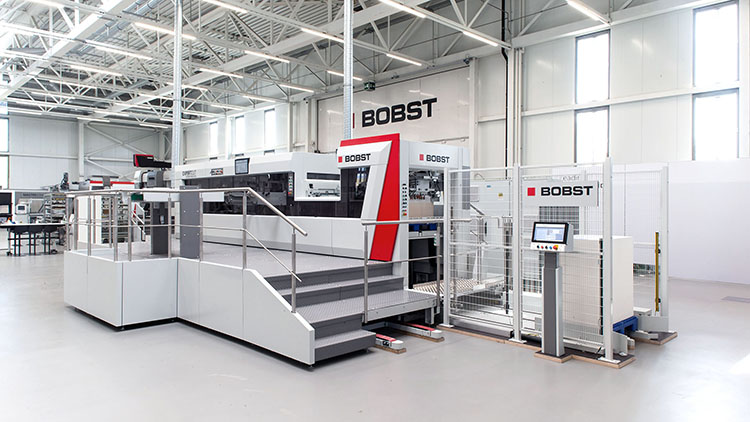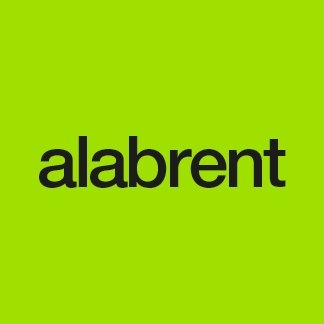Redacción Alabrent
The upgrades to the die-cutter are designed to help converters save set up time and resources by optimizing machine tooling and increasing sheet register capabilities. These include the new ACCUPLATEN machine platen and ZERO PATCHING plate, which minimize or compensate platen deformation, as well as POWER REGISTER Plus, which reduces sheet waste by introducing a new register mark registration system.BOBST already reduced setup time on its folding carton die-cutter range by 15 minutes with the SPEED CHANGE feature set. By adding the optional Energy Efficiency Pack and a new range of technical innovations, the EXPERTCUT 106 PER sets new standards for production efficiency.
Boosting machine uptime with ACCUPLATEN and ZERO PATCHING
At drupa 2024, BOBST introduced the world to a first-to-market innovation in the die-cutting sector: ACCUPLATEN. “This redesigned machine platen is a game changer,” says Bodo Junge, Product Marketing Director responsible for the die-cutter range. “With ACCUPLATEN, BOBST has succeeded in minimizing the cutting plate's deformation and reducing patching time by up to 80%. This means less operator intervention, increased tool lifespan, and up to 15 minutes extra uptime per job.” Since ACCUPLATEN is only available on new machines, a corresponding ZERO PATCHING plate is being made available for previous-generation machines and for converters who are looking for a job-specific solution. The plate evens out platen deformation according to the pressure based on a machine-specific platen distortion, also reducing patching time between 50 and 80%. Both solutions reduce the number of sheets used for quality checks during the machine setup and improve the die-cutting and creasing quality of the final blanks for easier downstream processing.
Increasing cost-efficiency and sustainability with POWER REGISTER Plus
Simplified setups and a focus on quality are essential conditions to avoid unnecessary waste. Time and quality cardboard sheets are precious resources that each have a huge impact on the converter’s margins. A further development is therefore dedicated to the reduction of sheet waste. With POWER REGISTER Plus the register’s recognition capacities have been adapted to include very small reference marks at the side of each sheet. This saves up to 4mm of carton for the front register marks, reducing carton cost by up to 0.5%. “It may not seem like much, but depending on the job layout, the size of the register marks, and grammage, this new system can save up to 1 ton of carton for 1 million sheets,” explains Bodo Junge. “Less waste also means less time and effort to remove it, which contributes to the process and workplace sustainability.”
Converters looking for cost-efficiency and sustainability can also opt for the Energy Efficiency Pack. This set of features includes energy-efficient air pumps and an Energy Recovery System, which transforms kinetic machine braking energy into electricity. The pack also contains a redesigned Bernoulli airflow system with increased performance and reduced energy and air consumption. These measures reduce energy consumption from 5 kWh down to 4 kWh per 1,000 sheets, adding up to 1 MWh for 1 million sheets. In addition, the Energy Monitoring indicators on the HMI can detect further potential energy-saving opportunities, cutting down costs and supporting sustainability goals.
Boosting productivity with 9,500 sheets per hour
As customers have come to expect, EXPERTCUT 106 is equipped with SPHERE, the BOBST HMI, and is fully compatible with current and future BOBST Connect functionalities. The connection of tools, machines, converters, and suppliers which will allow the seamless transmission of data through a cloud-based platform, orchestrating the entire production process. Next to the digital developments, the continuous improvement of machine tooling and capabilities remains an important part of the innovations to ensure zero-fault quality and maximum productivity. Such as the newly developed light-weight gripper bars. “This EXPERTCUT 106 PER can be equipped new carbon fiber gripper bars, which allow us to reduce inertia and acceleration forces and push production speeds from 9,000 up to 9,500 sheets/hour,” concludes Bodo Junge.



